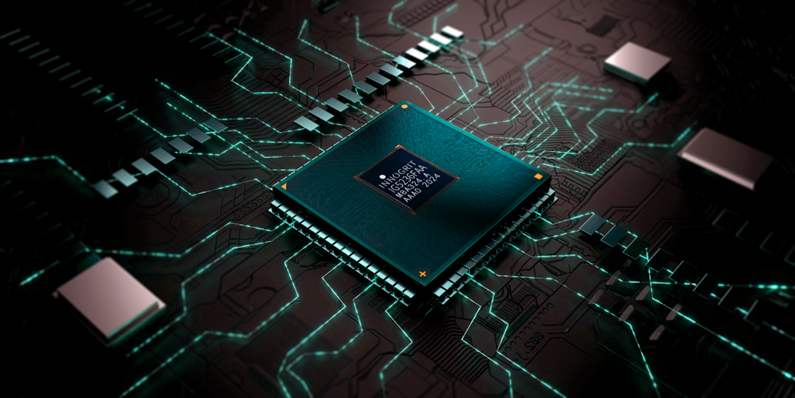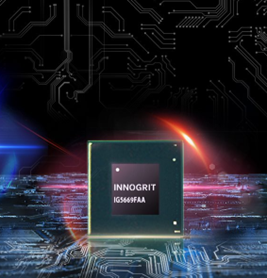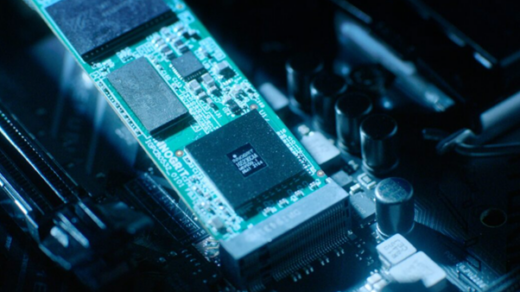Innogrit’s IG5236 Rainier controller has made major splashes in recent months as several leading SSD vendors have demonstrated new products built around the company’s latest design. This marks a major shift for the company, which had previously relied on smaller, entry-level SSD controller designs. And, thanks to the IG5236 Rainier’s more developed capabilities, it could replace once-industry-standard SSD controllers.
To better understand how Innogrit has managed to improve its SSD controllers, take a moment to read up on what these parts do, how they work, and how the IG5236 Rainier controller stands out from Innogrit Corporation’s older 4-channel DRAM-less options.
What are SSD Controllers and How Do They Work
An SSD is a piece of hardware that stores data using an integrated circuit assembly for memory that can store data persistently. Solid state drives are differentiated from HDDs (electromechanical devices that use spinning disks to store data), by their performance, capacity, and low latency. An SSD controller is the electronic circuitry within an SSD that communicates with a computer to carry out data read and write requests.
The SSD controller also manages the function of the SSD, including wear leveling (to ensure the memory cells are evenly used), error correction, and garbage collection (to reclaim space from deleted files). Controllers typically contain a processor and firmware, which work together to manage the data storage and retrieval process.
The processor is responsible for writing and reading data, while firmware manages the SSD’s overall operation. It is also responsible for mapping logical block addresses (LBAs) to physical locations on the drive. This is important because SSDs don’t have a physical write/read head like HDDs. Instead, data is read and written to the SSD in small blocks, which are then stored in larger blocks on the drive.

What Makes the Innogrit IG5236 Rainier a Winning Design
The Innogrit IG5236 Rainier is an 8-channel SSD controller that supports PCIe 4 x4 and NVMe 1.4 protocols. It is based on the company’s prior designs but improves upon cost-driven DRAM-less architectures in favor of higher performance. This helps to improve I/O per second (IOPS) for random data access and to allow for more consistent read and write throughput.
The IG5236 Rainier is also a major upgrade in terms of speed and data capacity, jumping from 2 TB of data in previous Shasta designs to 16 TB in the Rainier, matched with boosted sequential read times from 3.2 GB/s to 7 GB/s. This makes the Innogrit IG5236 Rainier suitable for high-end clients, such as ADATA and BiWin, which have already showcased the controller in their products.
Although Innogrit Corporation is quite young compared to other SSD controller manufacturers, its founding team consists of veterans from well-known companies such as Marvell. If they can continue to impress with their winning designs, Innogrit controllers could soon be a staple across the industry.
The Bottom Line
The Innogrit IG5236 Rainier is a state-of-the-art SSD controller that has already won multiple design wins from leading SSD vendors. Thanks to its improved speed and data capacity, the IG5236 Rainier is well-suited for high-end applications. If Innogrit Corporation can continue to impress with its winning designs, its controllers could soon become a staple across the industry.



